"Where Do You Feel That In Your Body?" Um, What...?
"Where do you feel that in your body?" seems to be one of the most challenging questions for many people in therapy—and understandably so! After all, modern life tends to foster disconnection from the body, and this is often exacerbated for those struggling with mental illness and trauma. We as clinicians also often fail to adequately explain what we're getting at with this question, and how the process of attuning to one's bodily sensations relates to overall healing, leaving many clients stumped and frustrated.
So what the heck are we actually getting at here?
I can't speak for all my peers, and I am certainly not the leading authority on mindfulness. But what I offer here is some of what this question means to me, based on my training and ongoing study of embodiment and mindfulness, much of which draws from Buddhist philosophy.
Mindfulness is a tool that helps us tune in to ourselves in the present moment. That includes not only the words that represent our mental states (such as sadness, elation, etc.), but also the physical sensations that accompany our emotions (such as a clenched jaw, racing heart, tingling, warmth, etc.).
Much (but not all) of our suffering lies in our disconnection from the present moment. Whether we’re fixated on some future outcome or stuck in the past, we have difficulty simply being with what is, right now. By training the mind to attune to what is happening in our bodies here and now, we build our capacity to be with whatever is in any given moment.
Bringing non-judgmental curiosity to what we’re experiencing can help us to see our feelings for what they are: a combination of thoughts and physical sensations. This allows us to put some distance between our emotions and ourselves. This can help us to not identify so strongly with our feelings, and when we stop identifying with our feelings we create space for critical thinking, rational thought, decision making and actions that align with our values.
Although the goal is to learn to be with our uncomfortable feelings rather than to eliminate them entirely, sometimes we can address the physical sensations as a way of reducing emotional intensity. For example, if you become aware that your fists are clenched, you might consciously relax them. Or if you notice that a certain feeling is accompanied by a wave of heat in the body, you might place a cold compress on your neck.
Mindfulness may be especially daunting if you’ve experienced trauma. After all, dissociation may have served an important purpose in some ways throughout your life and ultimately helped you to survive. Eventually, however, you may have found you are also disconnected from pleasurable sensations and experiences. Although mindfulness needs to be introduced slowly and sensitively in this case, it can still play an invaluable role in your healing.
So when your therapist asks (or at least, when I ask), “Where do you feel that in your body?” we really mean, “What you’re saying is really interesting and seems to be provoking an emotional response from you. I’m wondering whether you’re connected to that and if we can explore more of what’s going on for you right here and right now.” The best part is, there’s no right or wrong answer! If you can’t tune in, that provides valuable information. The simple act of trying, even for a moment, is an exercise in mindfulness and a step on your journey home to yourself.
For some examples of bodily sensations that might accompany certain feelings, I love Lindsay Braman’s Emotion-Sensation Wheel!

